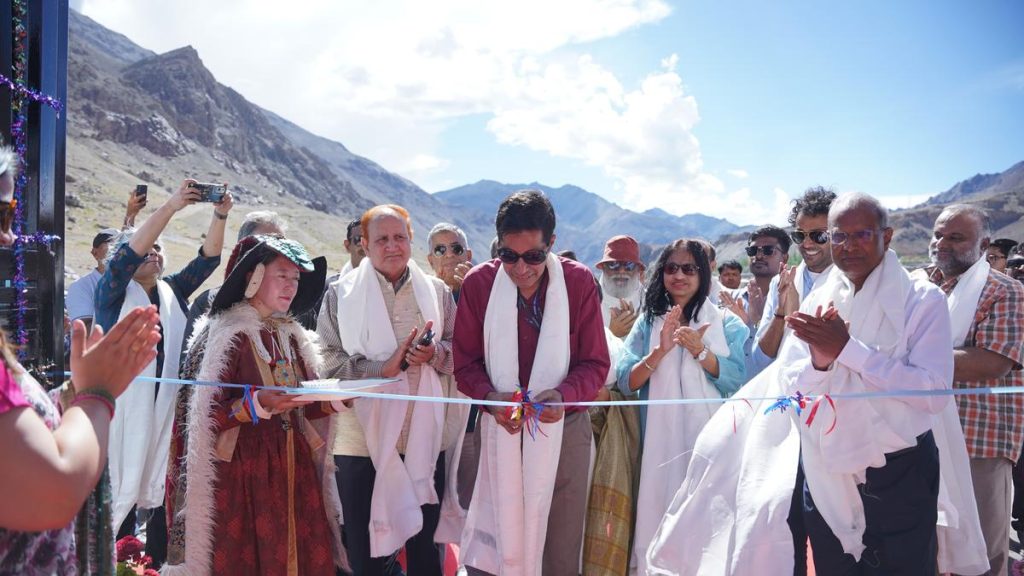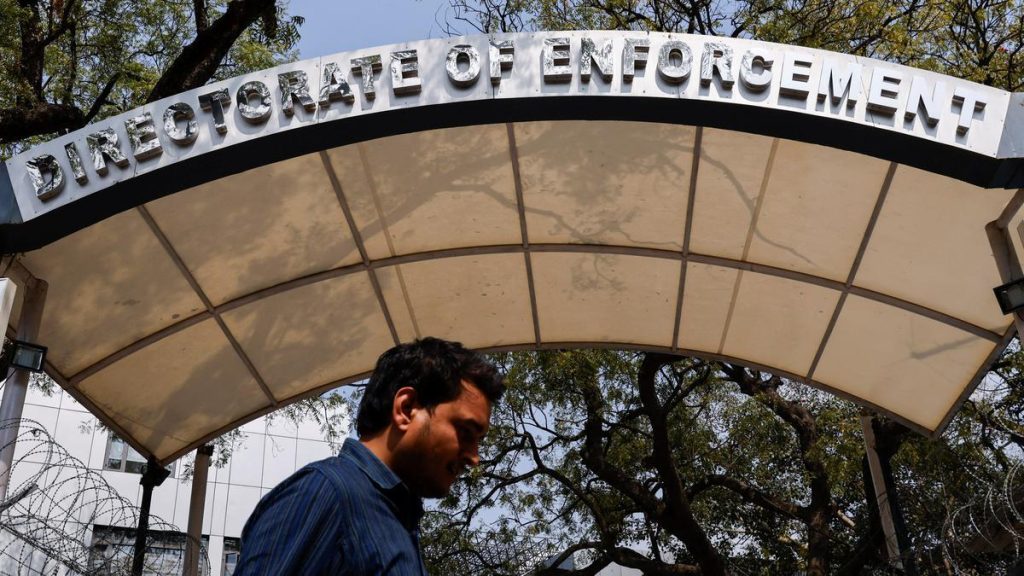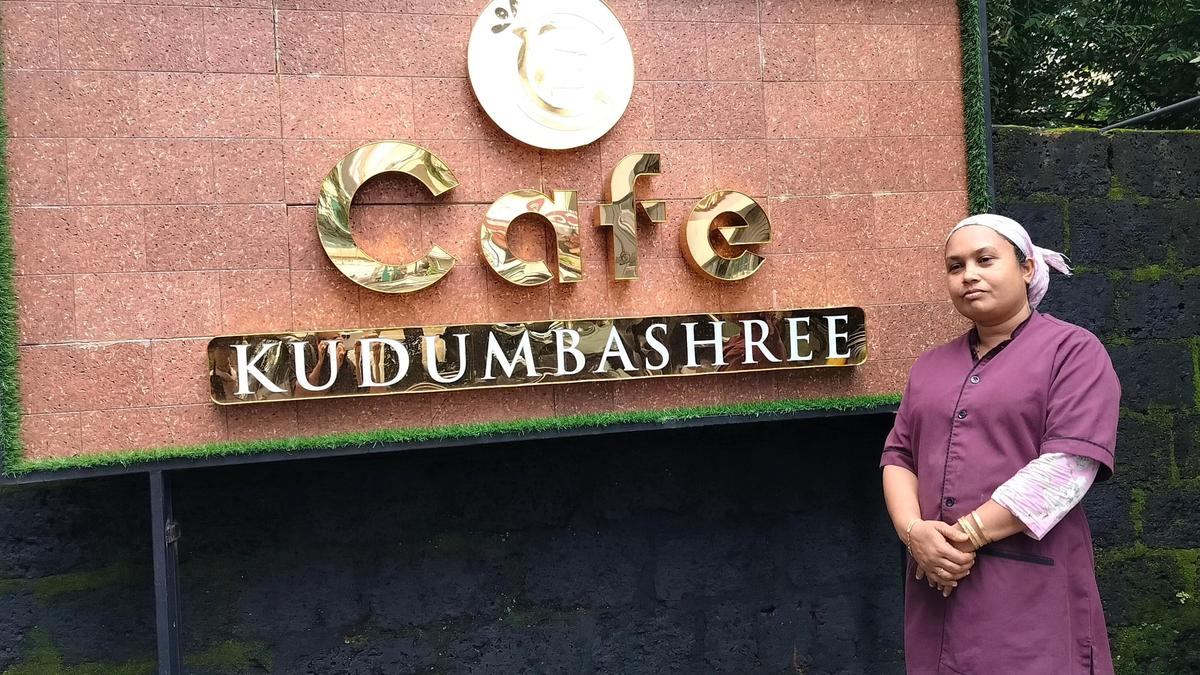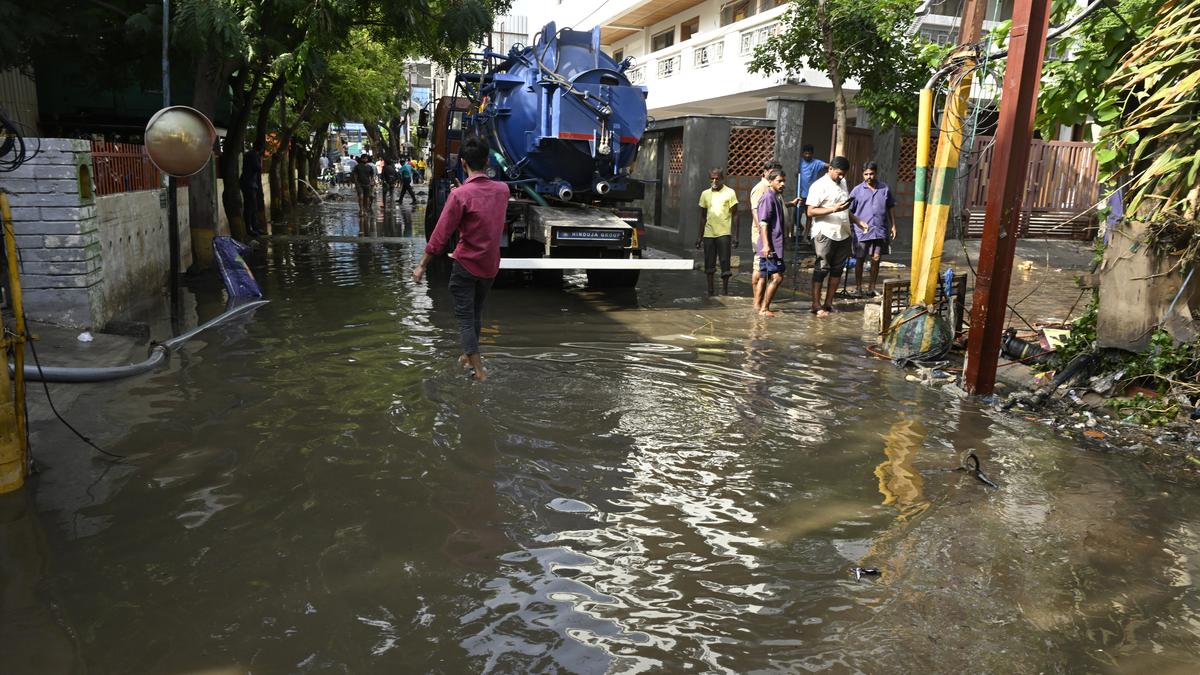Now Reading: Traffic Police Revamp Monsoon Strategy Amid Flooded Roads, Flyovers
-
01
Traffic Police Revamp Monsoon Strategy Amid Flooded Roads, Flyovers
Traffic Police Revamp Monsoon Strategy Amid Flooded Roads, Flyovers
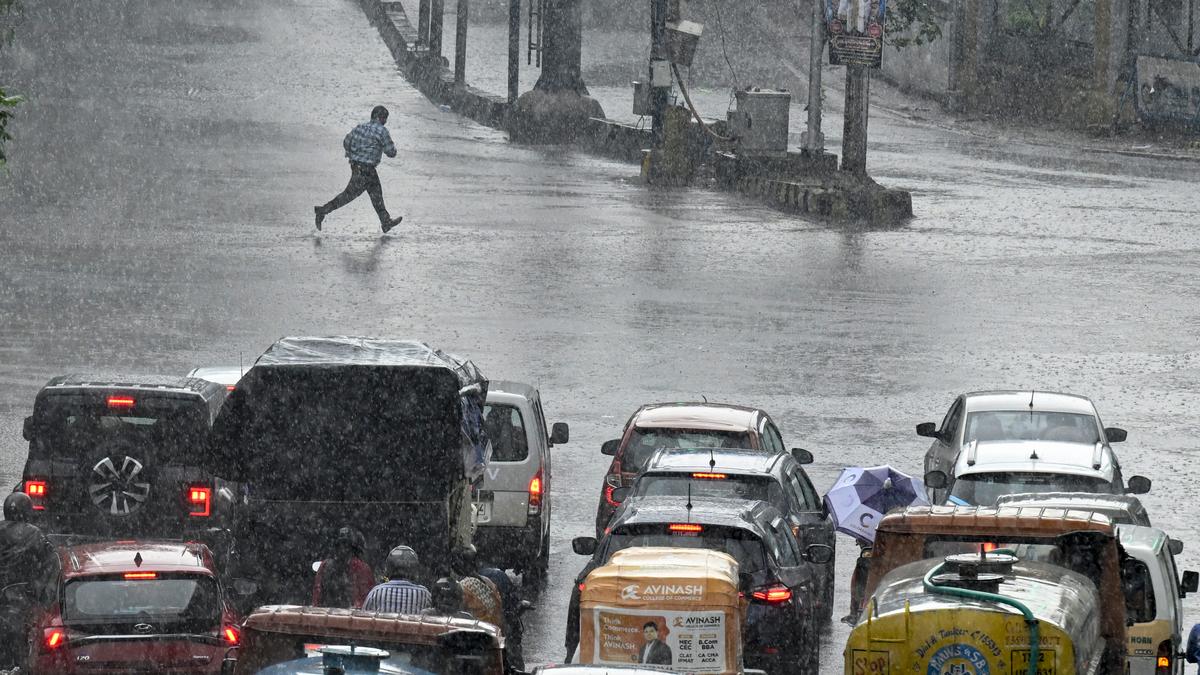
Quick Summary
- Heavy rainfall on Friday caused waterlogging and traffic disruptions in Hyderabad and Cyberabad.
- Traffic police acknowledged gaps in monsoon preparedness but assured improved responses.
- Saturday saw lighter traffic due to IT workforce staying home, even though congestion persisted in certain areas like Kukatpally (Balanagar to BHEL stretch).
- Joint Commissioner of Police (Traffic) Gajrao Bhupal identified lapses in coordination with civic bodies like GHMC and HYDRAA.
- Waterlogging on flyovers was due to clogged pipes and gradient issues.efforts began early Saturday to address these problems.
- 107 waterlogging spots across commissionerates were identified; while 70% of proposed engineering fixes have been implemented, their effectiveness varied.
- Example projects such as Durgam cheruvu’s new drain were highlighted for their success despite ongoing road work delays.
- Hyderabad Joint Commissioner of Police D. Joel Davis reported improvements at historically flood-prone areas but flagged emerging trouble zones like Masab Tank-ayodhya Nagar Colony stretch.
- Flyovers remain challenging, prompting further collaboration between traffic police and GHMC on drainage design and maintenance strategies.
- chronic waterlogging points are being addressed via enhanced deployment strategies, diversions, vehicle towing under critical infrastructure during peak hours.
Indian opinion Analysis
The efforts by Hyderabad’s traffic police demonstrate a proactive approach towards mitigating urban flooding challenges exacerbated by heavy rainfall patterns during monsoon season. While the city made strides in improving previously problematic zones through better drainage systems-like the success noted at Durgam Cheruvu-new problem spots clearly indicate the evolving nature of infrastructure demands in rapidly urbanizing regions.
The recognition of gaps in coordination among civic bodies (GHMC & HYDRAA) is critical as integrated planning becomes increasingly indispensable for sustainable urban development amid climate-induced adversities. Persistent issues affecting flyover gradients emphasize the need for more robust engineering designs suited for extreme weather scenarios.
With chronic waterlogging affecting 64 notable points across Hyderabad, strategic deployment of emergency teams ensures immediate relief measures; however, longer-term solutions demand consistent investment into integrated flood management systems incorporating predictive analytics enabled by timely forecasts from relevant stakeholders.
For a city hub that accommodates both dense local populations and IT-dependent industries reliant on uninterrupted commutes, addressing systemic lapses will likely strengthen resilience against recurring disruptions while fostering public confidence over government responsiveness.



